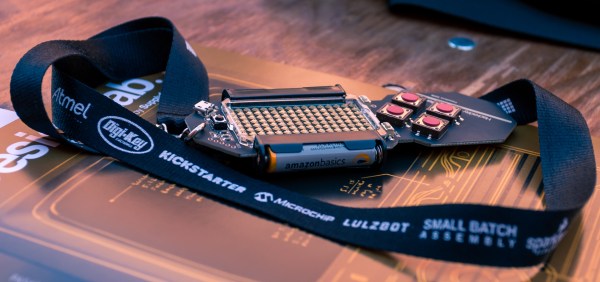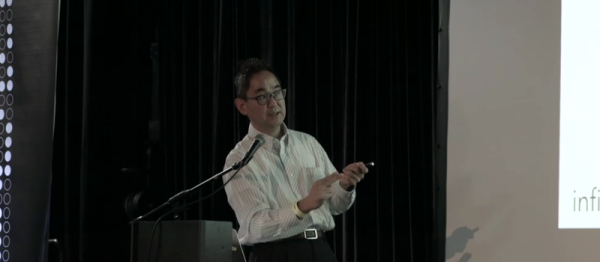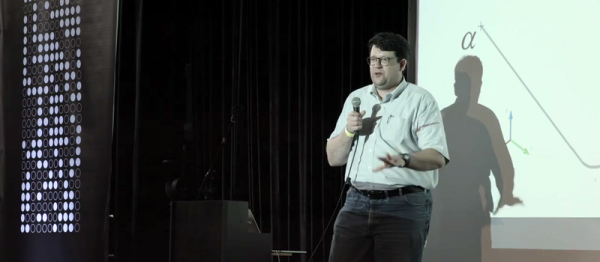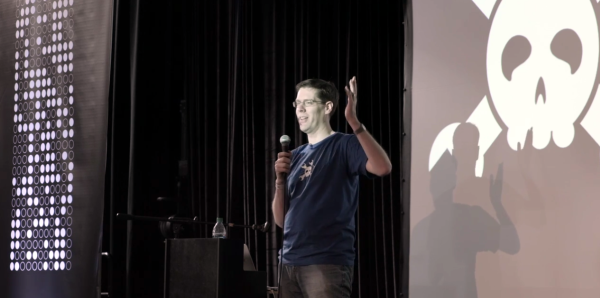[Steve Collins] is a regular around Hackaday. He’s brought homebrew LIDARs to our regular meetups, he’s given a talk on a lifetime’s worth of hacking, and he is the owner of the most immaculate Hackaday t-shirt we’ve ever seen.
For the 2016 Hackaday SuperConference, [Steve] took a break from his day job of driving spacecraft around the Solar System. As you can imagine, NASA plans on things going wrong. How do you plan for that? [Steve] answers all your questions by telling you what happens when things go wrong in space.
Continue reading “Steve Collins: When Things Go Wrong In Space”

















